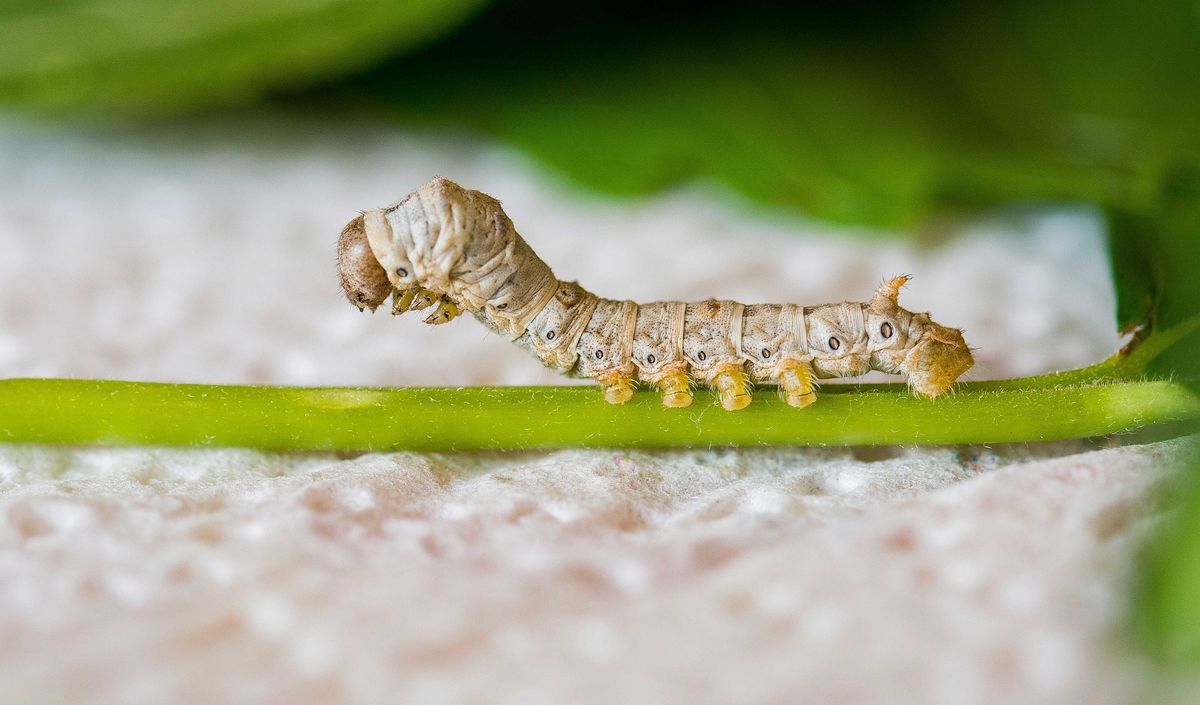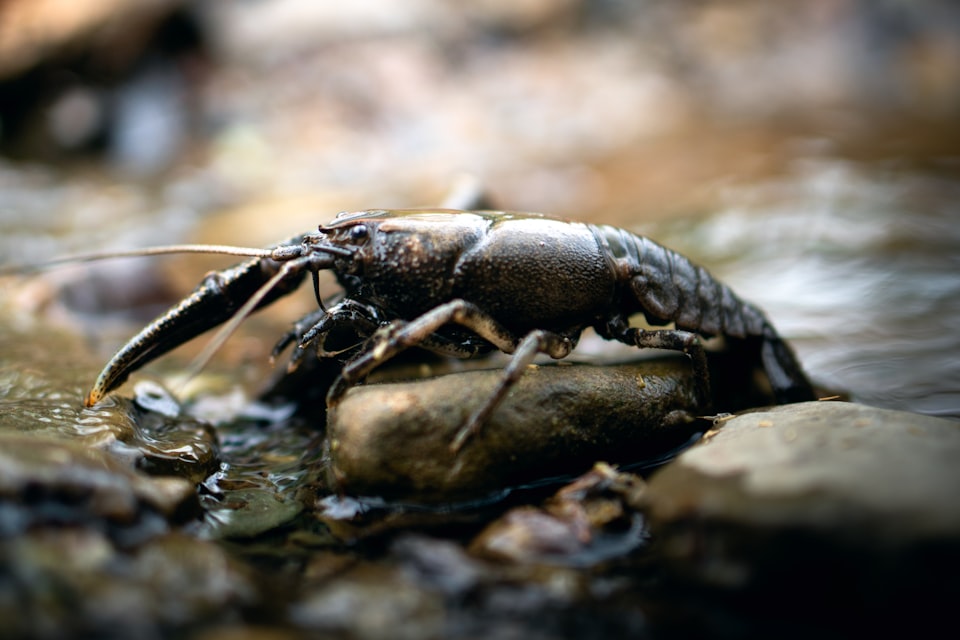V: Silkworm
How silkworms helped us invent modern medicine.

Good morning. Today is quintidi, the 15th of Floréal, Year CCXXXI. We celebrate le ver à soie, a caterpillar that's been carefully bred to produce luxurious fabric.
💡
In order to make the silk that silkworms produce easy to process industrially, the little guys are boiled alive inside of their cocoons, ideally before they begin the process of attempting to emerge by spitting a special acid that melts a hole in the silk womb from the inside. Once that hole starts to form, the single delicate silk strand becomes many, going from a full packet of spaghetti in the pot to a bunch of broken spaghetti pieces in a pot – not ideal. But what, you might wonder as you finger your silk scarf nervously, happens to the little caterpillar bodies? No, they aren't ground up and included in your clothes. They're sold as food. Silkworms are a popular snack across Asia, and you can find little potato chip-like bags of them in India, Korea, Vietnam, or China (of course). My guess is you have a grocer catering to expats from one of those countries. Dare you to eat just one.
Silk was an obsession in Europe. It held such an important part in the worlds of Italy and France that it drove fashions, economies, and even the development of germ theory.



